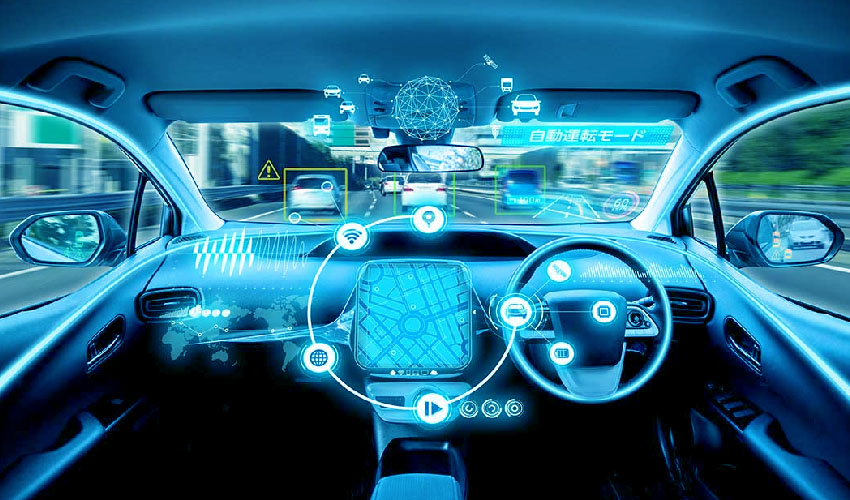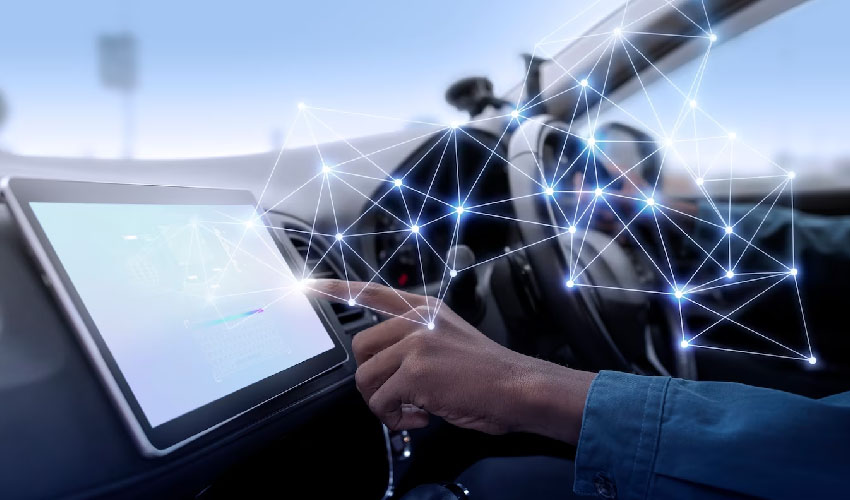Table of Contents
I. Introduction
A. Definition of Automotive and Transportation Mobile App Development
Automotive and transportation mobile app development refers to the creation of software applications tailored to meet the specific needs of the automotive industry. These applications cater to a wide range of functions, from real-time navigation and vehicle diagnostics to safety and security features.
B. Importance in the Modern Era
In a world where connectivity is key, mobile apps have become indispensable for the automotive and transportation sector. These apps not only provide convenience to users but also play a crucial role in shaping the future of transportation through innovation and efficiency.
II. Evolution of Automotive Technology
A. Historical Perspective
The evolution of automotive technology dates back to the invention of the automobile. However, it’s the recent integration of mobile apps that has taken the industry to new heights. From the basic GPS navigation systems of the past, we now have sophisticated mobile apps that offer a plethora of features.
B. Integration of Mobile Apps
The seamless integration of mobile apps into vehicles has revolutionized the way we perceive transportation. Today, it’s not just about getting from point A to B; it’s about enjoying a connected and enhanced driving experience.
III. Key Features of Automotive and Transportation Mobile Apps
A. Real-Time Navigation
One of the primary features of these apps is real-time navigation. Users can receive live traffic updates, find the most efficient routes, and explore points of interest along the way.
B. Vehicle Diagnostics
Mobile apps enable users to monitor the health of their vehicles in real-time. From checking engine diagnostics to receiving maintenance alerts, these features contribute to proactive vehicle care.
C. Integration with Smart Devices
The synergy between automotive apps and smart devices allows users to control various aspects of their vehicles remotely. Locking and unlocking doors, starting the engine, or adjusting climate control are just a tap away.
D. Safety and Security Features
Enhanced safety features, such as automatic emergency response and stolen vehicle tracking, add an extra layer of security for both drivers and their vehicles.
IV. Benefits of Mobile App Development in Automotive and Transportation
A. Enhanced User Experience
Mobile apps have elevated the user experience in the automotive industry. Intuitive interfaces, personalized settings, and interactive features contribute to a more enjoyable driving experience.
B. Improved Efficiency
Efficiency is at the core of automotive and transportation mobile apps. From optimizing fuel efficiency to streamlining maintenance processes, these apps save time and resources for both businesses and consumers.
C. Safety Advancements
Safety is paramount, and mobile apps address this by integrating advanced safety features. From collision avoidance systems to driver assistance technologies, these apps contribute to reducing accidents and ensuring safer roads.
V. Challenges in Mobile App Development for the Automotive Industry
A. Compatibility Issues
One of the challenges in this rapidly evolving landscape is ensuring compatibility across a diverse range of devices and vehicle models.
B. Data Security Concerns
As vehicles become more connected, ensuring the security of user data is a growing concern. Developers must implement robust security measures to protect sensitive information.
C. User Adoption Challenges
While the benefits are evident, convincing users to adopt these technologies may pose a challenge. Overcoming resistance to change requires effective communication and education.
VI. Trends Shaping the Future of Automotive and Transportation Mobile App Development
A. Integration of AI and Machine Learning
The future holds exciting possibilities with the integration of artificial intelligence (AI) and machine learning in automotive apps. Predictive analytics, personalized recommendations, and autonomous driving capabilities are on the horizon.
B. Electric and Autonomous Vehicles
The rise of electric and autonomous vehicles is a game-changer. Mobile apps will play a crucial role in managing and optimizing these advanced transportation modes.
C. Sustainable Transportation Solutions
Environmental consciousness is driving the development of apps that promote sustainable transportation, encouraging users to choose eco-friendly options.
VII. Case Studies
A. Successful Automotive and Transportation Apps
Examining successful case studies provides insights into the impact of these apps on businesses and consumers. From ride-sharing apps to fleet management solutions, the possibilities are diverse and promising.
B. Impact on Businesses and Consumers
Businesses leveraging mobile app technology in the automotive sector witness increased customer satisfaction, operational efficiency, and a competitive edge. Consumers, on the other hand, enjoy convenience, safety, and a futuristic driving experience.
VIII. Tips for Developing a Successful Automotive Mobile App
A. User-Centric Design
Prioritize user experience through intuitive design and functionality, ensuring that the app meets the specific needs of the target audience.
B. Testing and Optimization
Thorough testing and continuous optimization are essential to iron out any bugs or inefficiencies, providing users with a seamless and reliable experience.
C. Continuous Updates and Improvements
Stay ahead in the dynamic tech landscape by consistently updating the app with new features, improvements, and security updates.
IX. Future Prospects and Innovations
A. Emerging Technologies
The future of automotive and transportation mobile app development holds exciting prospects, including augmented reality interfaces, advanced AI capabilities, and seamless integration with smart cities.
B. Collaborations in the Industry
Collaborations between automotive manufacturers, tech companies, and startups will drive innovation, fostering a collaborative ecosystem for the development of cutting-edge apps.
X. Conclusion
A. Recap of Key Points
Automotive and transportation mobile app development is not just a trend; it’s a transformative force shaping the future of transportation. From enhancing user experiences to addressing efficiency and safety concerns, these apps have become integral to the industry.
B. The Future of Automotive and Transportation Mobile App Development
As technology continues to evolve, the future promises even more groundbreaking innovations. The integration of AI, the rise of electric vehicles, and sustainable transportation solutions will further revolutionize the automotive landscape.
FAQs
- How secure are automotive mobile apps in terms of user data?
- Developers prioritize robust security measures to protect user data, employing encryption and other advanced technologies.
- What role does AI play in the future of automotive app development?
- AI is set to revolutionize the industry with predictive analytics, personalized recommendations, and advancements in autonomous driving capabilities.
- How can businesses benefit from integrating mobile apps in the automotive sector?
- Businesses experience increased customer satisfaction, operational efficiency, and a competitive edge through the integration of mobile app technology.
- Are there any challenges in convincing users to adopt automotive mobile apps?
- Yes, overcoming resistance to change is a challenge, requiring effective communication and education about the benefits of these technologies.
- What are the key trends driving innovation in automotive and transportation mobile app development?
- Key trends include the integration of AI and machine learning, the rise of electric and autonomous vehicles, and a focus on sustainable transportation solutions.
Thanks for reading our post “Automotive and Transportation Mobile App Development: Navigating the Future”. Please connect with us to know more about Automotive and Transportation Mobile App.














